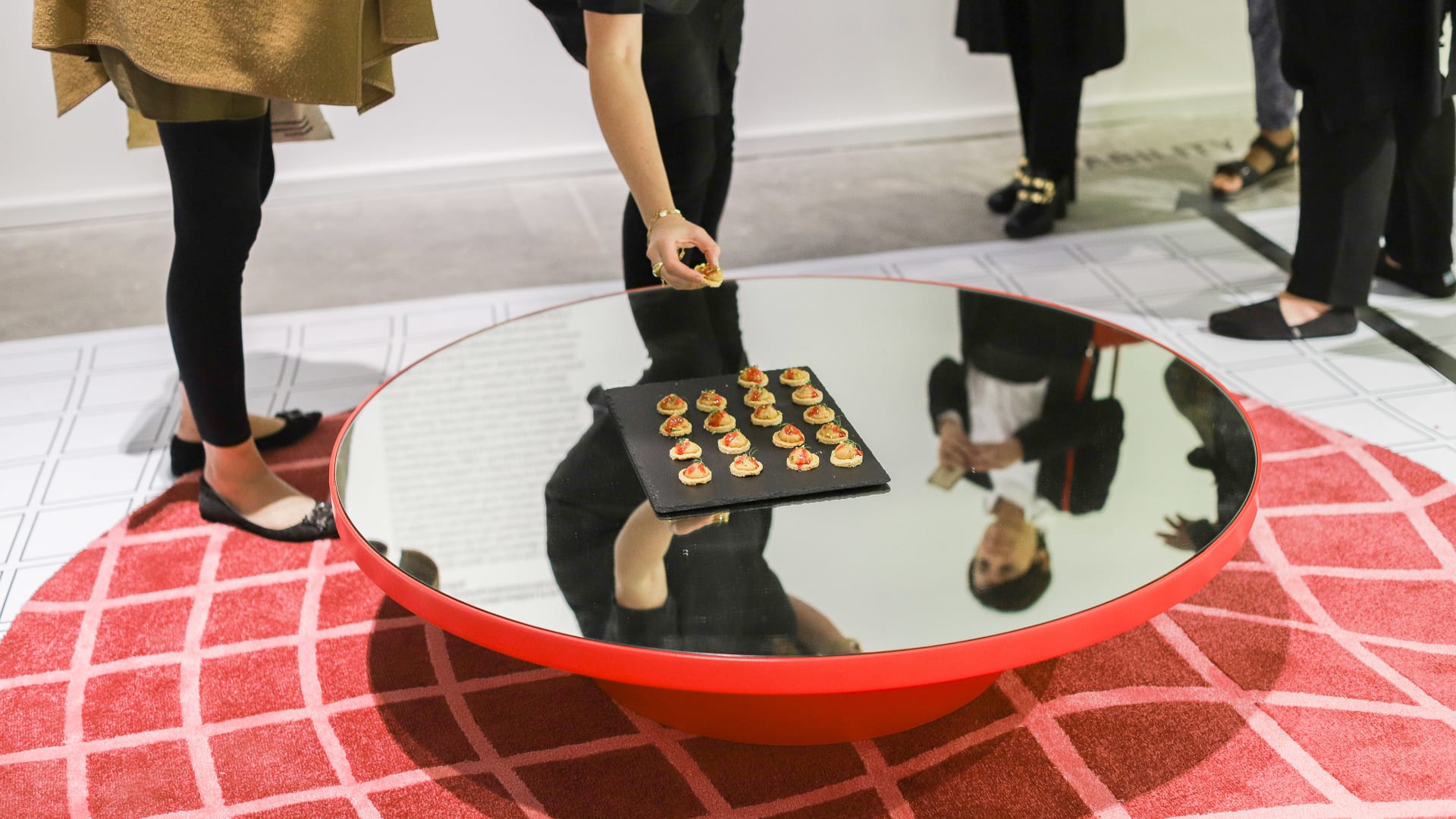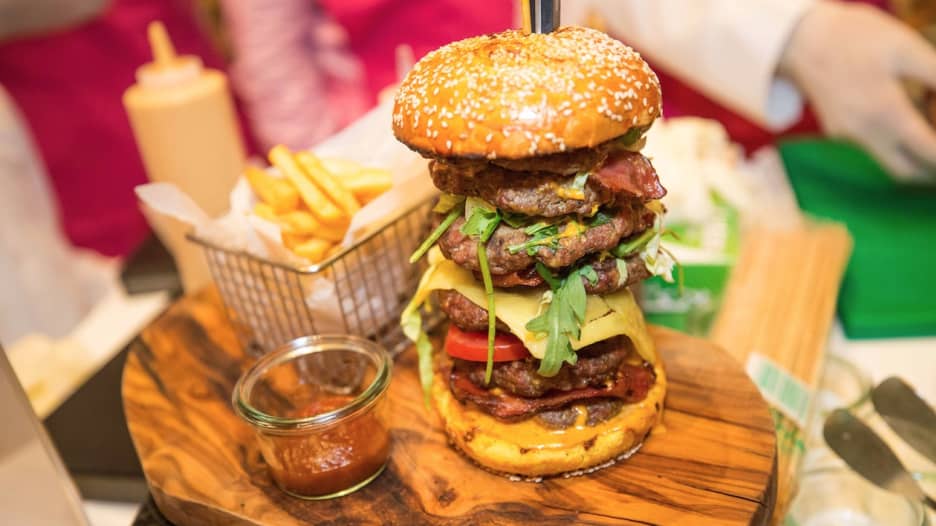دبي، الإمارات العربية المتحدة (CNN)-- هل سبق أن تساءلت كيف سيكون مذاق الطعام، وبالتحديد الإماراتي، بحلول العام 2030؟ ربما تجده سؤالاً مبهماً تتخلله العديد من العناصر، سواء كانت بيئية أو اجتماعية، ولكن هذا لا يعني أن الجواب ليس قيد البحث.
وأنشأ مركز "Genomic Gastronomy" مشاريعاً سابقة لأطباق شعبية جديدة في فرنسا، والبرتغال، والنرويج، وبولندا. ومن أوروبا إلى آسيا، كانت محطة المشروع التالية في دولة الإمارات العربية المتحدة.
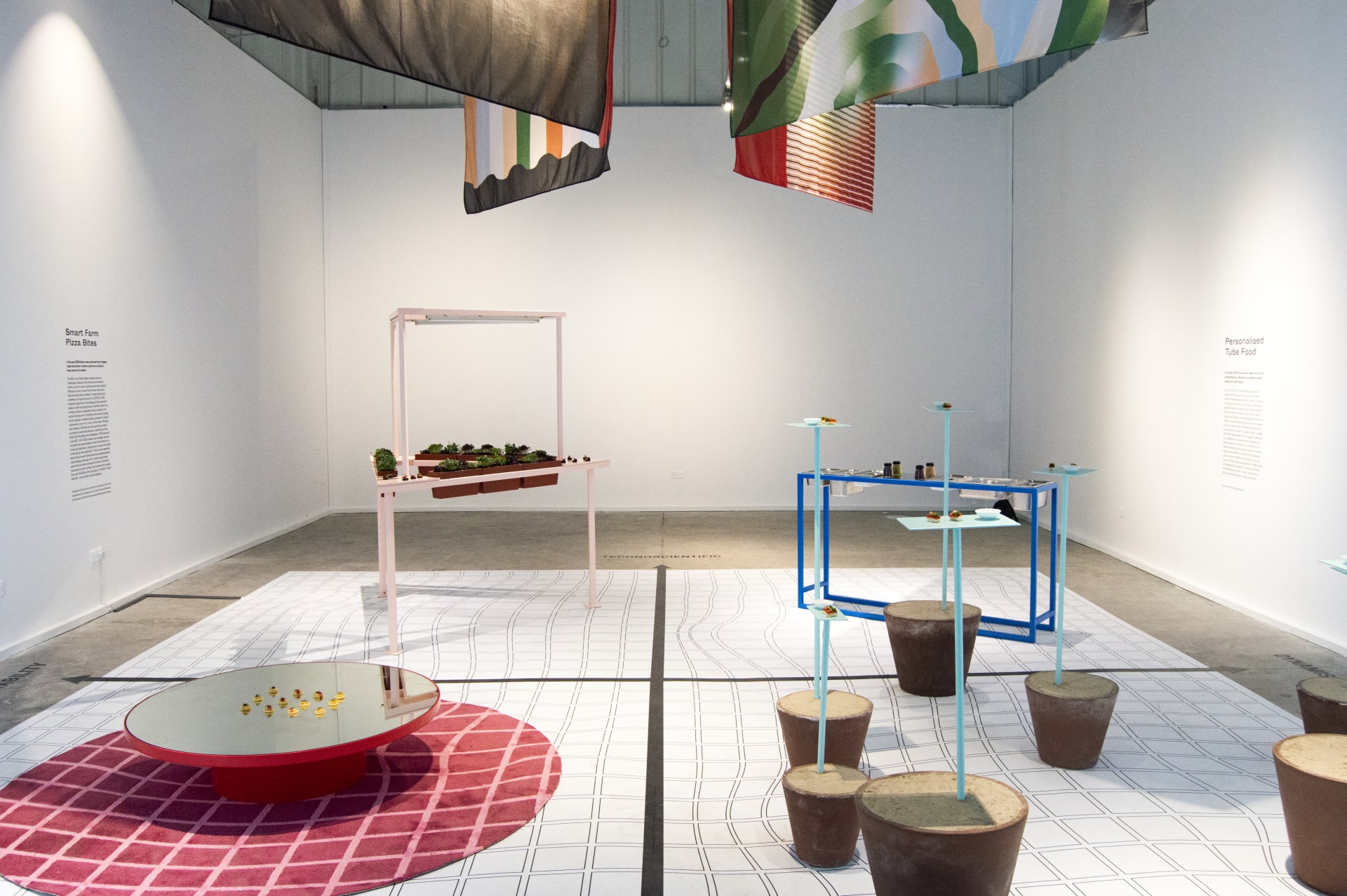
وبالتالي، استخدم المركز أساليبه في مجالات تخطيط السيناريو والمستقبل، بالإضافة إلى المعلومات التي تم جمعها من الرحلة البحثية في الإمارات ومستشاري الطعام المحليين لتخيل قصص الطعام والزراعة، خلال عام 2030.
ويطرح المشروع في دولة الإمارات سؤالاً واحداً حول كيفية تأثير تغير المناخ على طعام الأشخاص بحلول العام 2030.
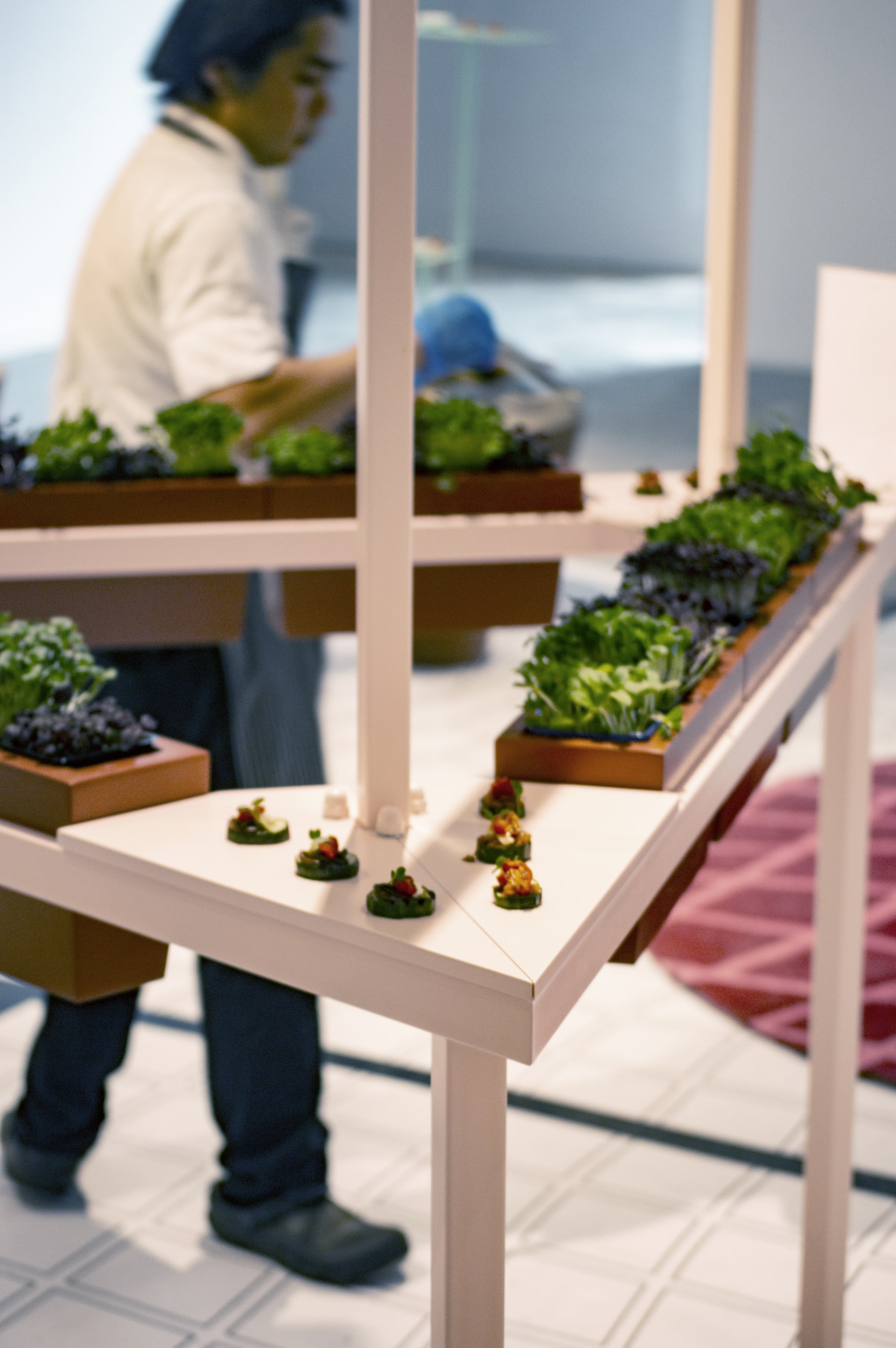
ويروي قصة أربعة سيناريوهات مستقبلية ممكنة، كل منها تحمل وصفة مختلفة، بحيث تعتمد على البحث عن الآثار البيئية والاقتصادية والاجتماعية لتغير المناخ.
وعلى مدى السنوات العشر القادمة، ستتكيف هذه الوصفات مع التحديات البيئية، إضافة إلى التغيرات في سلاسل التوريد. ويبقى السؤال، كيف ستتغير عناصر النظام الغذائي هذه بناء على أذواقنا وقصصنا الجديدة؟
قطع البيتزا الصغيرة
وعلى سبيل المثال، يتسبب المناخ القاحل في دولة الإمارات بجعل زراعة المحاصيل أمراً صعباً للغاية. ومع ذلك، تملك البلاد الكثير من الطماطم، والكوسا، والفطر، والمحار.
ورغم أن الدولة لا تستطيع العيش على هذه الأطعمة وحدها، إلا أنها تعد كرموز للتميز الزراعي الحديث. وخلال عام 2020، استثمرت دولة الإمارات في التقنيات الزراعية وأصبحت رائدة بالعالم، في مجال الأعمال التجارية الزراعية ذات التقنية العالية.

وتعكس قطع البيتزا الصغيرة سلالات مختلفة من الخضار الموجودة في قطاع الزراعة الرأسية. ورغم أن معظم الجبن لا يزال مستورداً، إلا أن الدولة زادت من إنتاج حليب الإبل الصناعي، ليكون إنتاج قطع البيتزا الصغيرة 100% في الإمارات.
السوشي
ومن البيتزا إلى السوشي، نجح فريق من الباحثين الإماراتيين والصينين في عزل أحد الجينات من نبات الخريزة، وإدخاله في الأرز، ما يجعله مثالياً للسوشي.
وبالتالي، أصبح هذا الأرز من أحد رموز الخبرة العلمية بالبلاد، حيث يتم زراعة معظم الأرز المستهلك في البلاد بالإمارات، للمرة الأولى على الإطلاق.
ويظهر نوع جديد من السوشي الذي يجمع بين أفضل المكونات المزروعة محلياً، مع مزيج من النكهات المختلفة، والأطعمة غير المحلية.
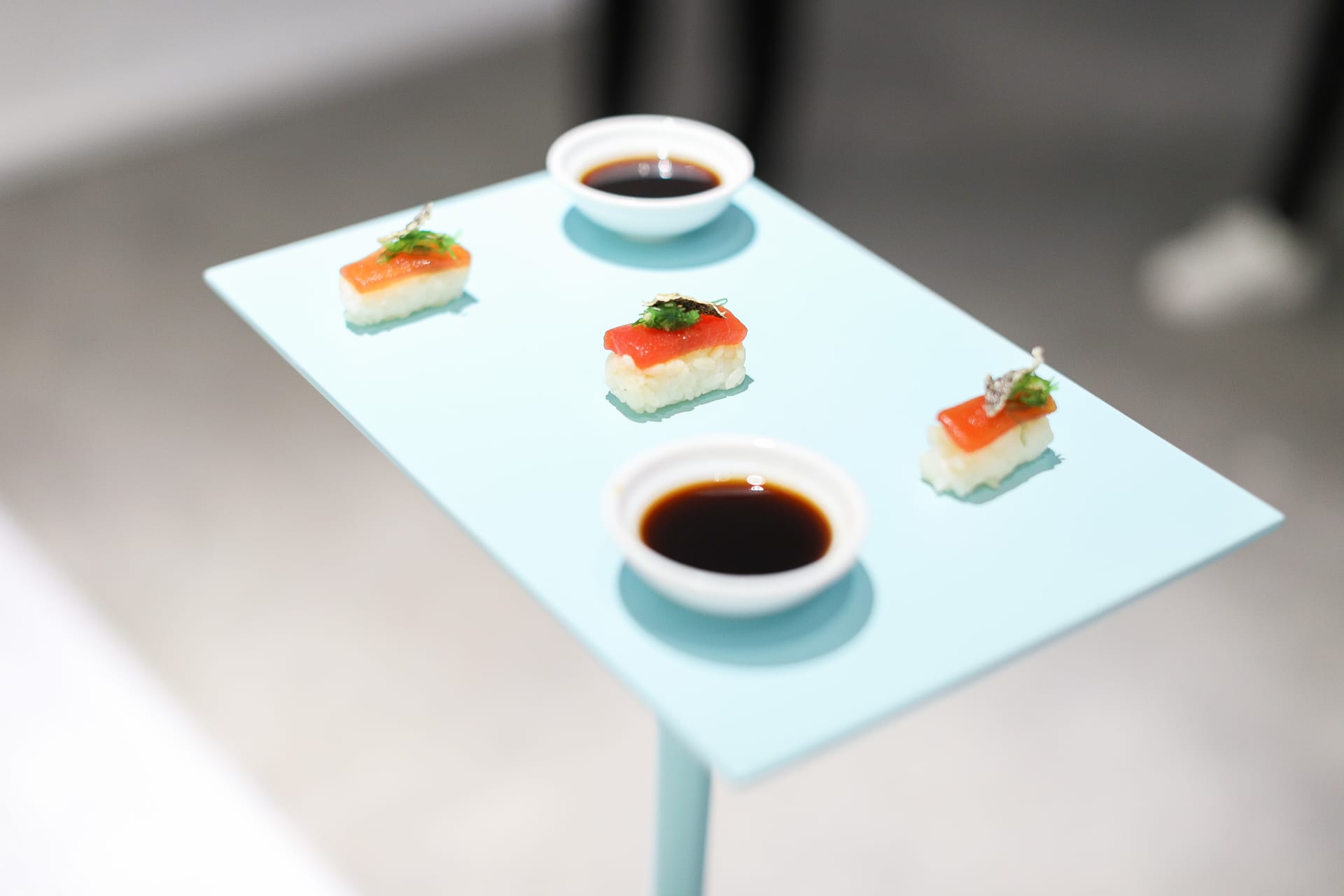
هل سيكون هذا مستقبل الأطباق الشعبية في الإمارات؟
ويقول مركز "Genomic Gastronomy" أثناء حديثه مع موقع CNN بالعربية: "ليس بالضرورة، تعد فترة 10 سنوات بعيدة جداً! نعتقد أن قيمة التنبؤات ليست في العثور على إجابات، ولكن في طرح أسئلة صعبة تؤدي إلى مجموعة من الاحتمالات المفيدة.
وفيما يتعلق بردود فعل الناس، أضاف المركز: "الطعام والتذوق قد أنشأ العديد من المناقشات حول ما يريده الناس مستقبلاً، وكيف يجب أن يكون مذاق الطعام الإماراتي".
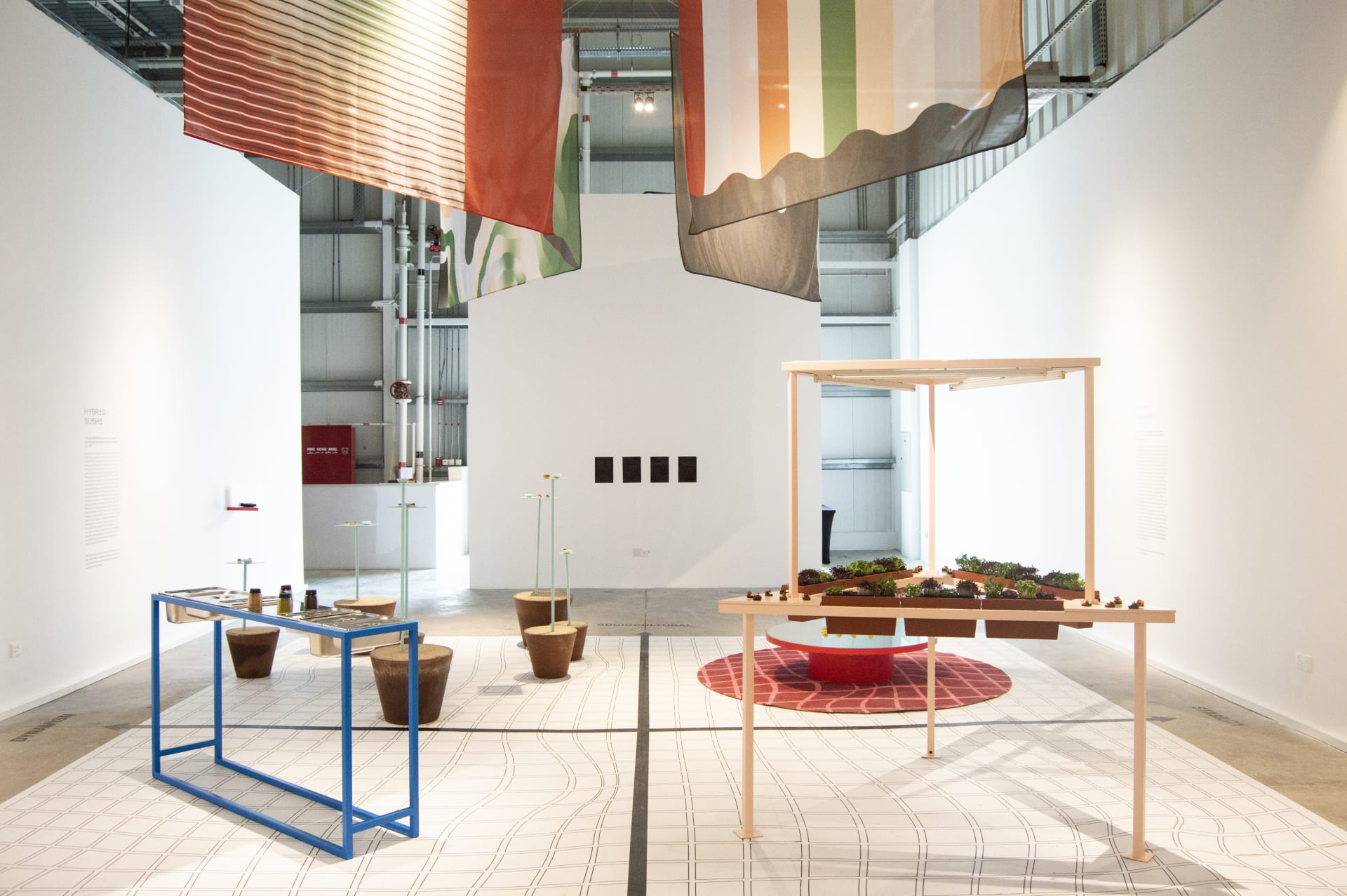
ويبقى الهدف الرئيسي للمركز هو جعل الناس يتذوقون الوصفات، واستخدام هذه التجربة لوضع نموذج أولي لمستقبل الطعام المفضل لدى الأشخاص، على المستوى المحلي والوطني والعالمي.
ويذكر أن المعرض قد أقيم بين 24 يناير/ كانون الثاني و30 يونيو/ حزيران هذا العام، في مدينة دبي، كما أن هناك عرض ثلاثي الأبعاد عبر الإنترنت أيضاً.
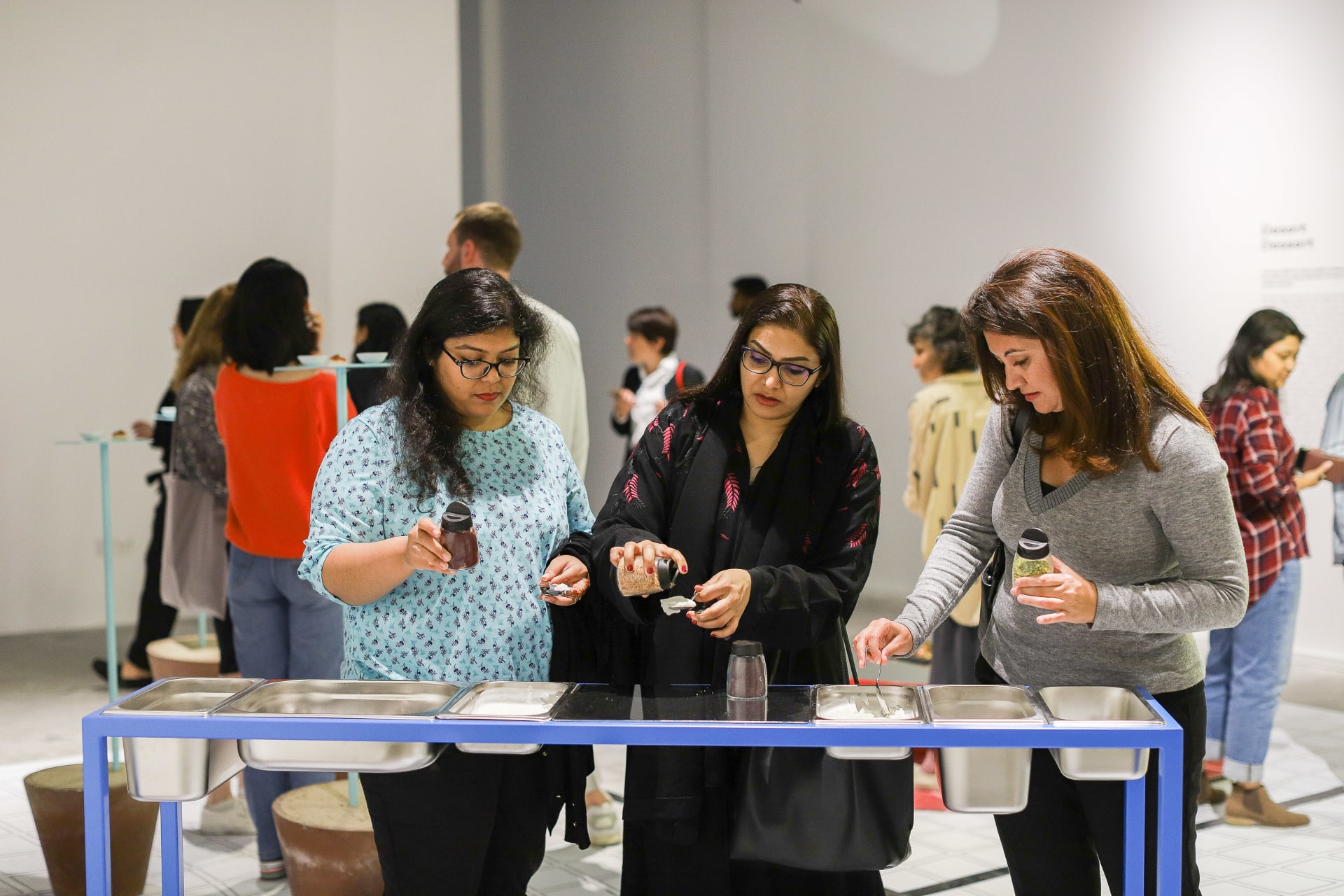
ويدرس مركز "Genomic Gastronomy" التقنيات الحيوية والتنوع البيولوجي لأنظمة الغذاء البشري، حيث تقتضي مهمته على تحديد المواقع المثيرة للجدل في قطاع الطعام، ووضع نموذج أولي للطهي المستقبلي البديل، مع تخيل نظام غذائي أكثر تنوعاً وجمالاً.
وتعاون المركز مع مختلف العلماء والطهاة والمزارعين في آسيا، وأمريكا الشمالية، وأوروبا، مع نشر أعمالهم من خلال المعارض، والمختبرات، والوجبات، والوصفات.

